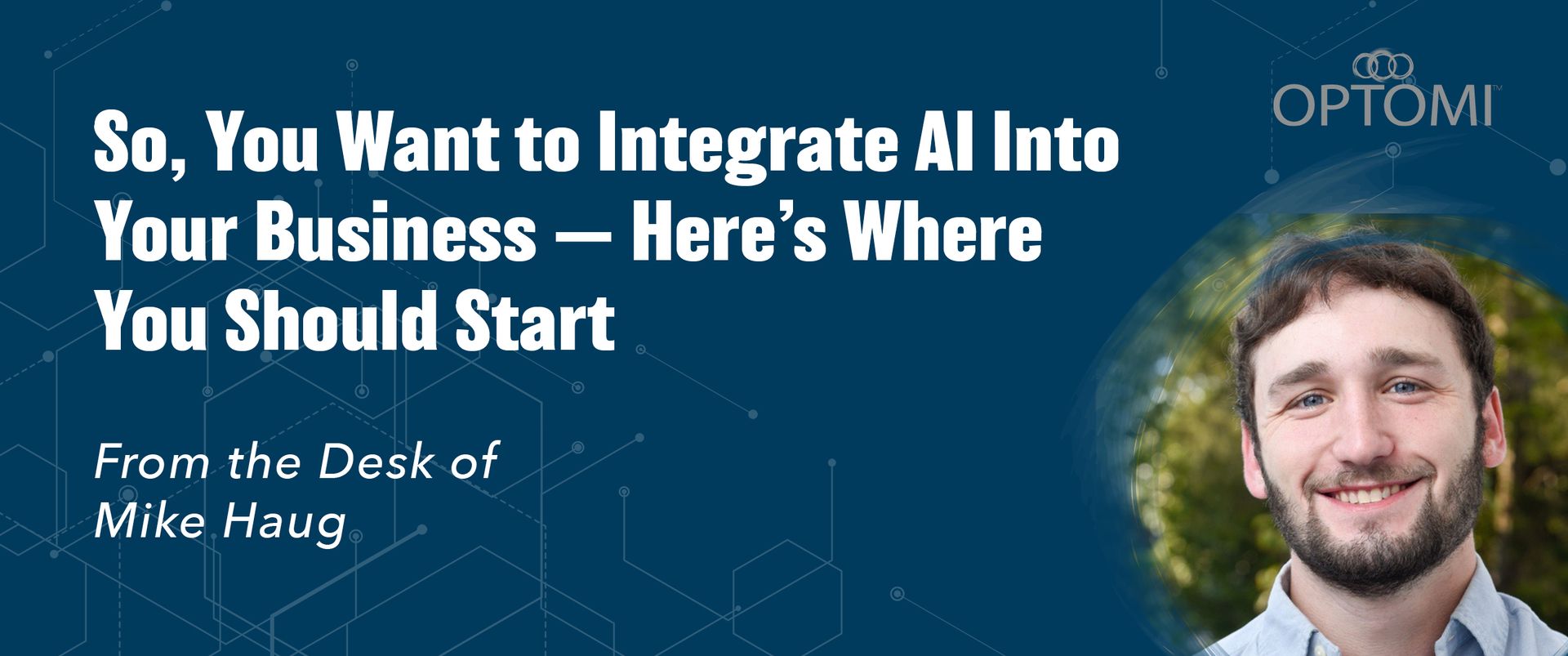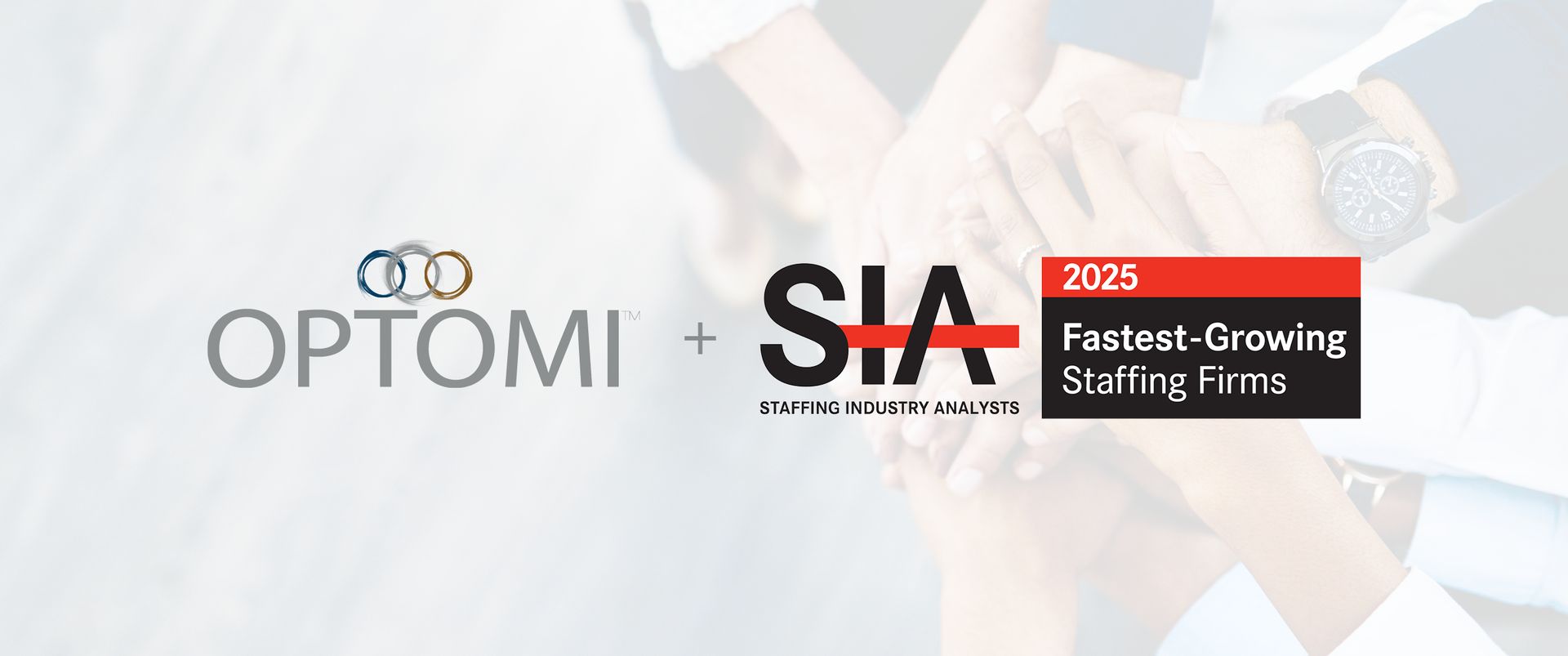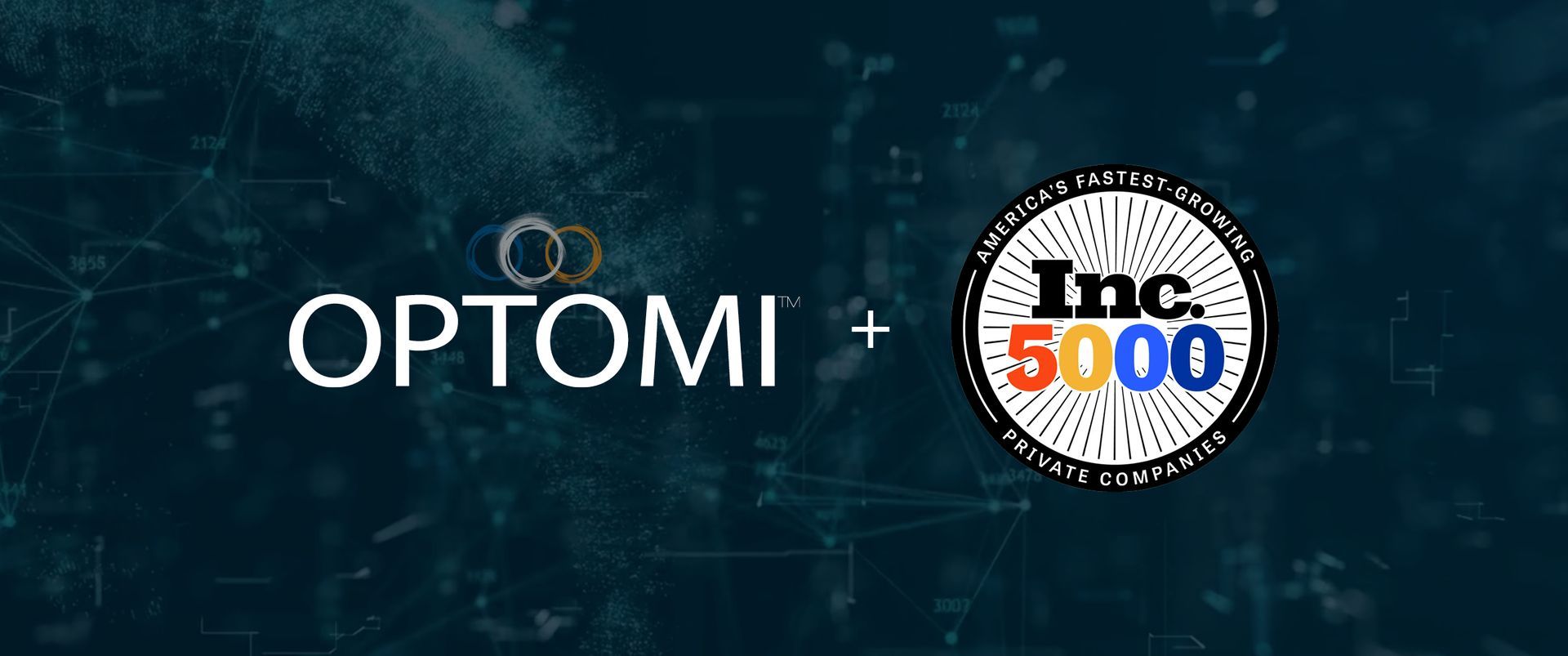
From the desk of Mike Haug – Recruiting Manager and trusted Data & AI partner
If you’re a business leader today, it’s almost certain that AI has been a topic of discussion in recent board meetings, strategy sessions, or investor conversations. You may feel excited about the possibilities, overwhelmed by the complexity, or perhaps both. The reality is, while AI can unlock powerful new capabilities, the path to meaningful integration isn’t always clear.
Over the past four years, I’ve worked with Data and AI business leaders from various backgrounds, helping them identify and navigate the best path to leverage AI (and good, old-fashioned analytics) to enhance their business outcomes.
Invariably, these discussions often begin with the same questions and topics, so I encourage you to ask yourself some of the following:
Why do we want to leverage AI?
As Simon Sinek says, “Start with why.” Get clear on why you want AI, not just that you want it. Too often, organizations rush toward AI because of the hype surrounding it and the desire to stay ahead of the competition or be disruptive, rather than because they’ve pinpointed specific business challenges or opportunities where AI can deliver value. Start by asking: What problems are we trying to solve? Are we looking to improve customer experience, reduce costs, boost productivity, or drive innovation? Defining clear objectives helps prevent wasted effort and ensures your AI investments align with actual business priorities. As Zig Ziglar said, “It’s hard to hit a target you can’t see, it’s even harder to hit a target you don’t have.”
Are we ready for AI?
AI, especially machine learning, is only as good as the data that powers it. The old cliche in data, “Garbage in, garbage out,” when scaled with AI, just leads to an information junkyard, and a rather expensive one. Before you invest in AI tools, software, or talent, it’s essential to understand whether your data infrastructure and governance are up to the task.
A mature data infrastructure means your data is collected systematically and strategically across the business, stored in well-organized and scalable systems like cloud data lakes or warehouses, and accessible through secure, automated pipelines. Teams can work with data efficiently without manual workarounds, and documentation makes it easy to understand what the data represents. In contrast, an immature data infrastructure is fragmented. Data exists in silos, often requiring manual gathering or cleaning, with inconsistent quality and little automation. Even the best AI teams will struggle to create value in this environment because they’ll spend most of their time wrangling data rather than innovating. Unfortunately, you will need more than Excel spreadsheets and duct tape to truly make an impact with your business leveraging AI.
Similarly, consider your data governance. In mature organizations, data ownership is clear. There are enough data validation frameworks in place, access is managed carefully, and data quality is actively monitored. People understand how data should (and shouldn't) be used accurately. On the flip side, immature data governance means no clear accountability for data, inconsistent validation processes during data entry, limited oversight on privacy and compliance, and often reactive rather than proactive data quality management. The outcome? Increased risk and AI systems that produce unreliable or misleading results. As Gordon B. Hinckley said, “You can’t build a great building on a weak foundation.” The same applies to AI — data first. I often tell leaders that what was once the most boring part of the data landscape (data entry and governance) is now one of the most crucial for leveraging AI, and you must address it on the front end.
Investing in the Right Talent
Once you have a strategy in place, the next challenge is investing in the right talent or trusted partners. True AI integration isn’t a plug-and-play solution. You’ll need data engineers, AI product managers, data scientists, machine learning engineers, and other technical experts (likely in that order) to build and scale effectively.
That said, there are different ways to get there:
Going Direct
Hiring full-time employees directly into the company gives you deep in-house expertise and long-term capability, but it can be slow and expensive in today’s market, and you’ll need to invest in retaining that talent as demand rises. For many companies, it will be hard to justify a long-term ROI for having a fully-fledged in-house Data Science/AI org.
Consulting
Large consultancies can provide quick access to AI specialists and packaged solutions, but that often comes with a long-term dependency on external teams with very different incentive structures as well as a hefty hourly cost.
Contingent Labor & Specialized Recruiting
Partnering with a staffing agency that specializes in AI and data talent can be a flexible and cost-effective way to find skilled professionals. Whether you need contract talent, contract-to-hire options, or permanent placements, Optomi can help you hire faster, reduce risks, and build teams that match your culture and goals—without the hassle and delays of doing it all yourself.
Once you’ve developed a strategy for how you want to bring in talent, it’s worth considering what these specialists are looking for in an organization. While I’m not a PhD-level expert on AI systems, I, along with our entire team at Optomi, have spent our careers engaging with these professionals and understanding what they seek in their next opportunity. If you want the right people leading this effort, you’ll need to create a compelling environment, as they are in very high demand and competition is fierce.
Remember, the search for elite Data and AI talent is a two-way street, and the candidates are driving with a very clear map. They have seen enough "AI for AI's sake" initiatives to know the warning signs. Your ability to clearly articulate why you need AI, prove you have the foundational data to support it, and define how their specific talent fits into that mission is precisely what they are evaluating. They aren't just auditioning for a role; they are auditioning your organization's vision and readiness. The best candidates aren't just looking for a job; they're looking for the right problem to solve, and they'll only commit to an organization that has proven it's equipped to tackle it with them.
In sum, integrating AI isn’t about chasing hype or checking a box — it’s about solving real business problems in smarter, faster, and more sustainable ways. Success starts with clear goals, investing in building data maturity, and a strategy that focuses on practical, high-impact use cases. From there, it’s about bringing in the right talent — whether you build internally, work with consultants, or partner with a staffing firm like ours that helps you scale with flexibility and speed. Whether you’re just beginning your Data and AI journey, defining your why, or are ready to invest in the talent to execute, we’re here to help you turn ambition into action. Let's connect to discuss your specific roadmap.











